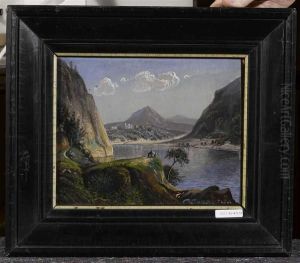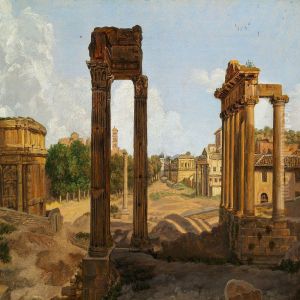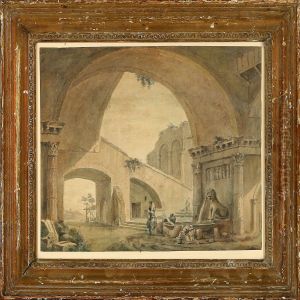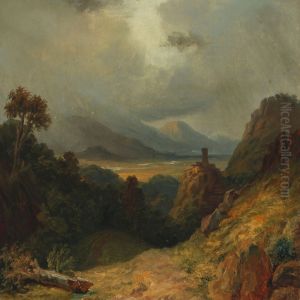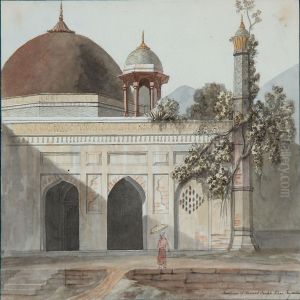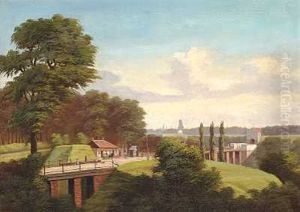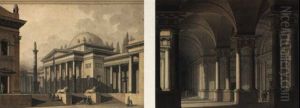Troels Lund Paintings
Troels Frederik Lund was a Danish historian and educator, known for his substantial contributions to the understanding of Denmark's cultural history during the 19th century. Born on September 5, 1840, in Copenhagen, Denmark, Lund embarked on an academic journey that would see him delve deep into the realms of history and culture. Although he is not primarily known as an artist in the traditional sense of painters or sculptors, his work has had a lasting impact on the appreciation of art and history in Denmark.
After completing his theological studies, Lund turned his attention to the field of history. He became a high school teacher and later a lecturer at the University of Copenhagen. His interests were broad, encompassing education, history, and the arts, and he sought to illuminate the social and cultural life of Scandinavia during the 16th and 17th centuries. Lund's approach to historical research was meticulous and detail-oriented, which is evident in his magnum opus, a series of books titled 'Everyday Life in the North during the Sixteenth Century' (Danish: 'Det gamle danske Sædeligheds Historie').
His work was groundbreaking in that it went beyond the political and economic aspects of history and delved into the everyday lives of people, their customs, beliefs, and the material culture of the time. This holistic approach to history provided a richer, more nuanced understanding of the past, which has influenced both historical scholarship and the way history is taught in Denmark. Lund's dedication to education and history was also reflected in his involvement in the establishment of open-air museums, which preserved historical buildings and served as living history museums that showcased the way of life in past centuries.
Troels Lund's death on February 9, 1921, marked the end of a life devoted to the exploration and communication of cultural history. His work continues to be a valuable resource for scholars and enthusiasts interested in the social and cultural context of historical periods and has contributed significantly to the development of cultural history as a discipline.
